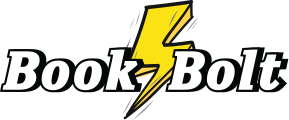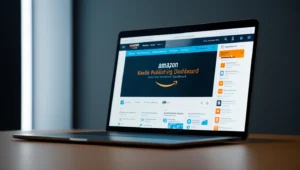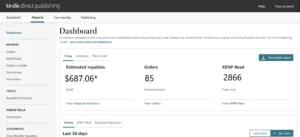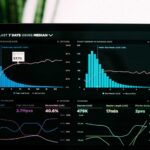Print-on-Demand (POD) services have revolutionized the self-publishing industry, enabling authors to publish their works without the traditional barriers associated with print publishing. Among various POD companies, KDP Print on demand stands out for its unique features and advantages.
Understanding POD Services
Comparison of POD Companies
When considering POD services, authors often compare several leading companies to determine the best fit for their needs. The following table outlines several prominent POD companies, highlighting key factors such as setup fees, printing costs, royalties, and distribution capabilities.
| POD Company | Setup Fee | Printing Cost per Book | Royalty Range | Distribution |
|---|---|---|---|---|
| KDP Print | None | $4.50 | 40% – 60% | Amazon and global |
| IngramSpark | $49 | $5.80 | 45% – 70% | Over 40,000 retailers worldwide |
| Draft2Digital | None | $5.60 | 45% (fixed) | Linked with Ingram for distribution |
| Blurb | $0 | Varies | 60% | Directly through Blurb |
| Bookvault | $0 | Varies | Varies | Directly through Bookvault |
| BookBaby | $0 | Varies | Varies | Wide distribution options |
Authors considering their POD options should carefully weigh these factors, especially the royalty structures and distribution capabilities of each service. For more detailed guidelines on publishing, authors may refer to how to publish on kdp.
Key Features of KDP Print
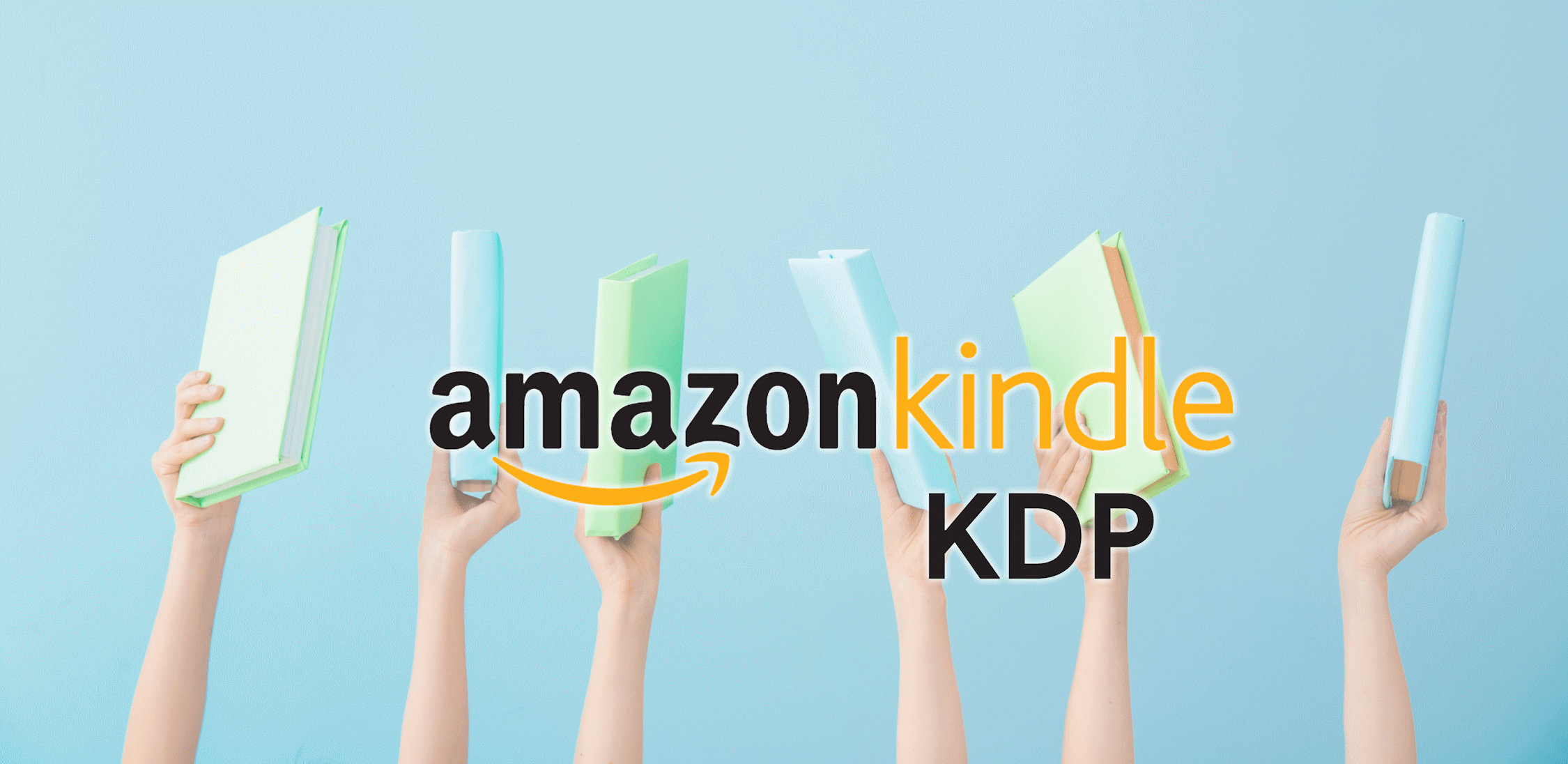
KDP Print, Amazon’s own POD service, is notable for several compelling features that attract self-publishing authors. It offers a straightforward setup with no upfront fees, allowing authors to start publishing with minimal financial risk. Additionally, KDP Print ensures:
- Affordable Printing Costs: At approximately $4.50 per book, KDP Print remains a budget-friendly option for many authors.
- Competitive Royalties: Authors earn royalties ranging from 40% to 60% on sales, depending on pricing and distribution choices.
- Global Reach: Books published through KDP Print are available on Amazon’s extensive platform, providing access to millions of potential readers worldwide.
- Control Over Book Presentation: Authors retain rights to their work and can easily make changes to their listings, allowing them to respond dynamically to market trends and reader feedback (Forbes).
- Quality Print Products: KDP Print is known for its good print quality and reliable delivery times, which enhances author satisfaction and customer experiences.
For those looking to format their works for publication, understanding formatting for kdp can significantly improve the final product’s marketability. Additionally, navigating the kdp author dashboard allows for effective management of sales and print options.
Financial Aspects of POD
Understanding the financial components of using KDP Print on Demand is essential for authors interested in self-publishing on Amazon. Key factors include royalty structures and a cost analysis of the services.
Royalty Structures
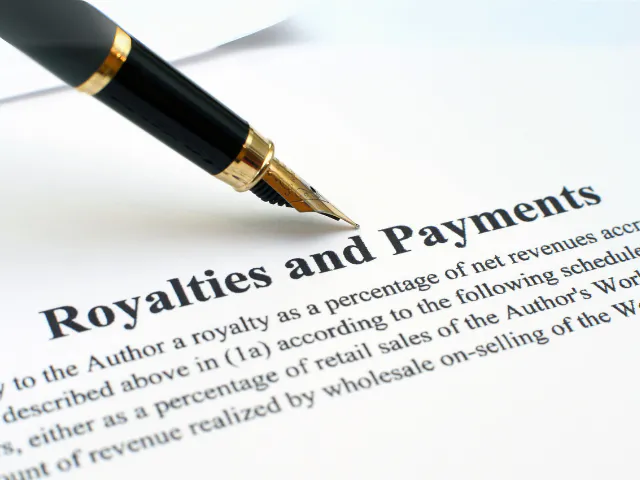
KDP Print operates under a straightforward royalty system, which is crucial for authors aiming to maximize their earnings from print books. Typically, authors receive royalties between 40% to 60% of the list price of their books sold through Kindle Direct Publishing. This percentage can fluctuate based on factors such as printing costs and the book’s retail price.
The following table illustrates the royalty structures of various POD services for comparison:
| Service | Royalty Rate | Printing Cost per Book |
|---|---|---|
| KDP Print | 40%-60% | $4.50 |
| IngramSpark | 45%-70% | $5.80 |
| Draft2Digital | 45% | $5.60 |
| BookBaby | 10%-50% | $6.20 |
The table indicates that KDP Print offers competitive royalties and low printing costs. Additionally, KDP authors are paid royalties for copies they purchase directly for promotional purposes, which is calculated based on the printing cost rather than the retail price of the book (Author Imprints).
Cost Analysis of POD Services
Analyzing the costs involved in using KDP Print can help authors plan their budgets effectively. KDP Print, Amazon’s own print-on-demand service, has no setup fees, making it accessible for many authors. The printing cost is set at $4.50 per book. On the other hand, other platforms like IngramSpark and Draft2Digital charge higher printing costs and may have setup fees.
| Service | Setup Fee | Printing Cost per Book | Typical Royalty Rate |
|---|---|---|---|
| KDP Print | None | $4.50 | 40%-60% |
| IngramSpark | None | $5.80 | 45%-70% |
| Draft2Digital | None | $5.60 | 45% |
| BookBaby | $399 | $6.20 | 10%-50% |
KDP Print on demand stands out due to its lack of setup fees and lower printing costs compared to other services like BookBaby, which has a steep initial cost but offers bulk printing options.
Understanding these financial aspects is vital for anyone considering self-publishing on KDP. For further guidance on the process, authors may refer to our articles on how to publish on KDP and formatting for KDP.
Best Practices for Authors
Self-publishing authors looking to make the most of their works through KDP Print on Demand should consider implementing best practices in distribution and formatting. Effectively maximizing distribution and utilizing both print and ebook formats can significantly enhance visibility and profitability.
Maximizing Distribution
To achieve broad reach and accessibility for their books, authors can utilize both Amazon/KDP and Ingram for book distribution. This dual approach allows them to maintain flexibility without being locked into exclusive agreements. By utilizing KDP Print on demand, authors can sell paperback and hardcover books directly to readers on Amazon.com, while IngramSpark broadens the reach to wholesalers, bookstores, and libraries.
| Distribution Method | Audience Reached |
|---|---|
| KDP Print | Amazon customers |
| IngramSpark | Wholesalers, bookstores, libraries |
Authors can also explore selling directly on their websites, tapping into a global retail network, and optimizing profits without hefty setup fees and bulk discounts (Forbes).
Utilizing Print and Ebook Formats
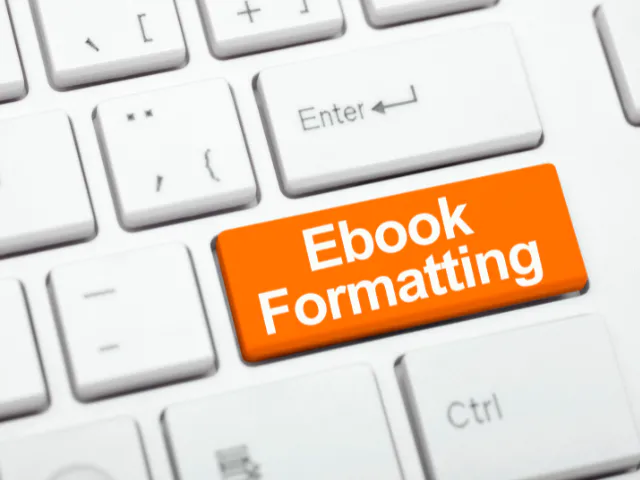
Authors should take advantage of both print and ebook formats to cater to different reader preferences and maximize potential sales. KDP allows authors to publish both paperback and Kindle versions of their books, which enables them to reach a wider audience (Mandi Lynn).
Key benefits of offering both formats include:
- Increased Sales Potential: Having both versions allows readers to choose their preferred format, whether they favor hard copies or digital access.
- Global Reach: Ebooks have the potential for global distribution without the limitations of shipping, making them accessible to readers worldwide.
- Cost Efficiency: Print-on-demand eliminates the need for inventory and upfront costs, allowing authors to focus on marketing and promotion.
By leveraging these best practices, authors can enhance their self-publishing efforts and increase their opportunities for success on Amazon’s KDP platform. For detailed guidance on navigating the self-publishing process, visit our article on how to publish on KDP and explore the KDP author dashboard for insights into managing their books effectively.
You Might Also Like:
Emerging Trends in Self-Publishing
The landscape of self-publishing continues to evolve, with numerous trends shaping the way authors leverage platforms like KDP Print on Demand. This section focuses on two significant trends: growth in sales and the impact of Kindle Unlimited.
Growth in Sales

Recent data indicates a considerable increase in book sales within the self-publishing sector. In 2023, Amazon reported a remarkable growth of 381% in its print formats, illustrating the rising popularity of self-published books in print media PublishDrive. This upward trend is not just limited to Amazon; other platforms such as Kobo Plus, Google Play Books, Dreame, Storytel, and Apple’s iTunes also experienced notable growth.
Sales Growth Comparison
| Platform | Growth Rate |
|---|---|
| Amazon Print Formats | 381% |
| Kobo Plus | Growth data not specified |
| Google Play Books | Growth data not specified |
| Dreame | Growth data not specified |
| Storytel | Growth data not specified |
| Apple iTunes | Growth data not specified |
Additionally, independent authors saw a 47% increase in book sales compared to the previous year by utilizing wide distribution networks like those offered by PublishDrive. This includes access to major retailers, digital libraries, audio apps, and niche channels PublishDrive, providing authors with enhanced visibility and sales opportunities.
Kindle Unlimited Impact
Another significant trend impacting self-publishing is the role of Kindle Unlimited (KU). This subscription service allows readers to borrow books at no cost while authors receive royalties based on pages read. The ability to diversify income through KU subscriptions has encouraged more authors to publish their works on KDP.
The combination of KDP’s vast reach and KU’s subscriber base offers authors a unique avenue for promoting their books. By integrating their titles into this model, they can attract a larger audience, which can directly influence their overall sales and visibility in the market.
Authors looking to maximize their success on platforms like KDP should explore various strategies, including formatting their books effectively (formatting for kdp), monitoring their performance through the KDP author dashboard, and understanding the nuances of how to publish on KDP. The ongoing growth in the self-publishing realm highlights the potential for authors to capitalize on innovative publishing methods and reach wider audiences.
What is Print-on-Demand (POD)?
Print-on-Demand (POD) is a self-publishing model where books are printed only when an order is placed, eliminating the need for bulk printing or inventory storage.
What makes KDP Print different from other POD services?
KDP Print, Amazon’s POD service, offers no setup fees, low printing costs, and direct access to Amazon’s marketplace, making it a popular choice for self-publishing authors.
Does KDP Print offer hardcover book printing?
Yes, KDP Print allows authors to publish both paperback and hardcover books, though some trim sizes and color options may be limited.
How much does it cost to publish a book with KDP Print?
There are no upfront costs. However, printing costs depend on book specifications such as trim size, page count, and color options. For example, a standard paperback book costs around $4.50 per copy.
How long does KDP Print take to publish a book?
Once submitted, a book typically goes live within 24-72 hours on Amazon.
Can I update my book after publishing on KDP Print?
Yes, authors can update their manuscript, cover, and book details at any time. However, changes go through a new review process before appearing on Amazon.
Does KDP Print support full-color books?
Yes, KDP Print supports color printing, but it is more expensive than black-and-white printing.




